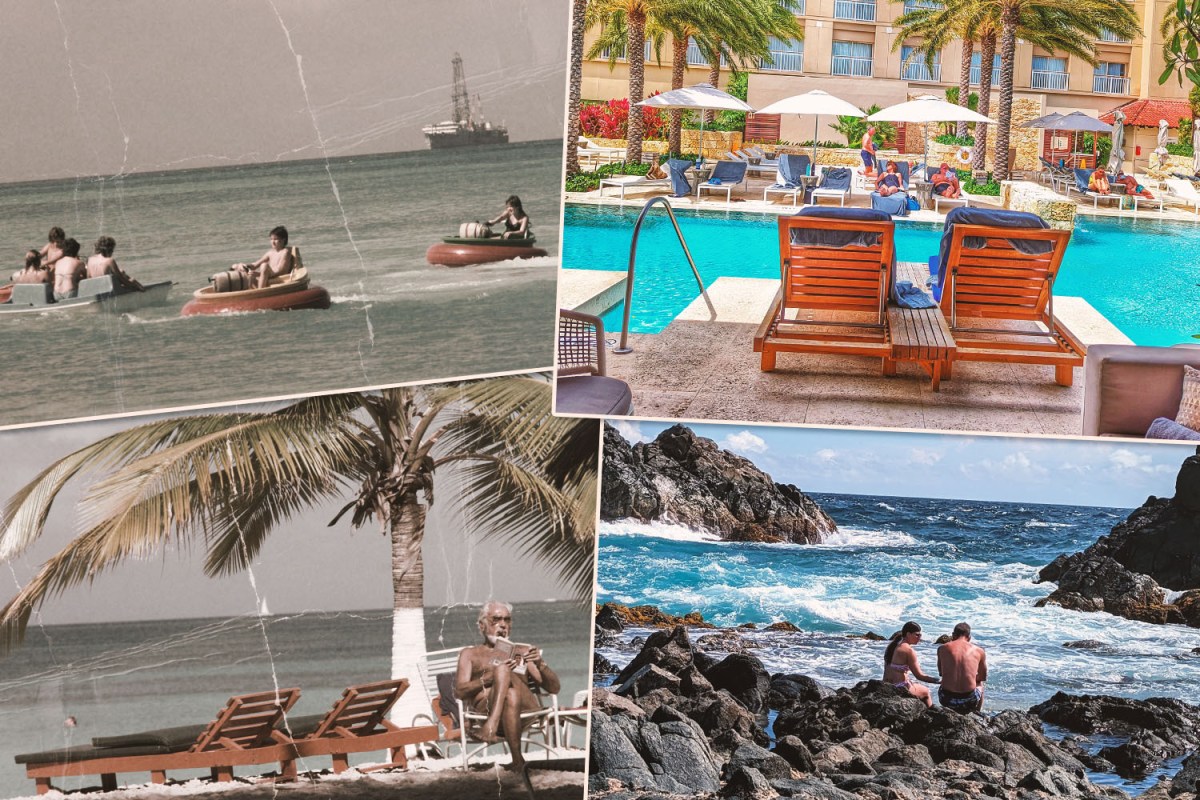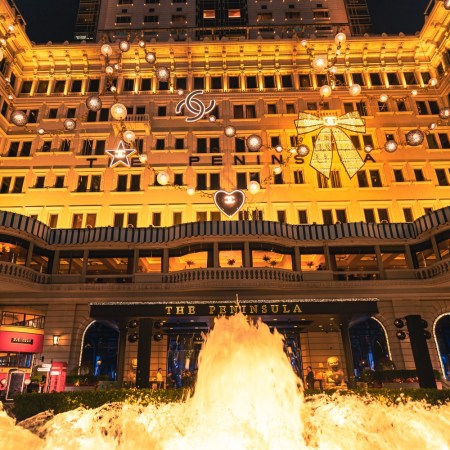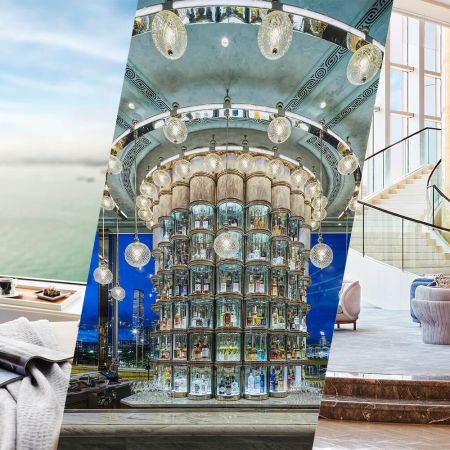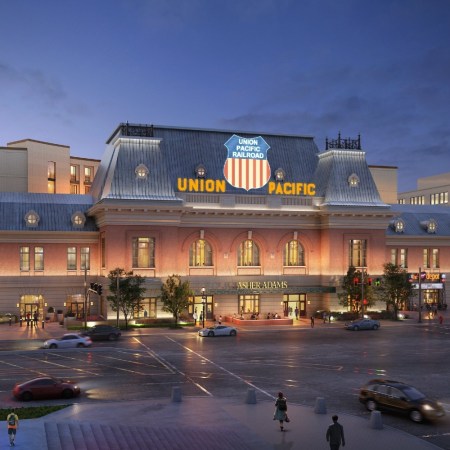Imagine finding a photo of your grandfather on a picture-perfect white sandy beach, panama hat on his head, drink in his hand and a large hotel tower looming in the background. The handwritten caption on the back of the print says “our first trip to Aruba, June 1965.” The drink, an Aruba Ariba, is ingrained in your memory by your grandfather’s continued retelling of his and your grandmother’s many vacations to the island.
For many American travelers, that historic image of Aruba is still the default.
However, that hazy, halcyon recollection of its past, from when travel first boomed on the small island nation, belies what’s happening on Aruba today, where an authentic approach to tourism has emerged, showcasing the best of the island and its people, culture and cuisine, alongside a mix of high-end hotels ranging from big-name resorts to smaller, independent properties.
Aruba is an autonomous nation, though it’s considered a constituent member of the Kingdom of the Netherlands. With just under 70 square miles of land, and close enough to Venezuela that you can see the edge of South America in the distance on a clear day, most locals speak four languages, including English, Dutch, Spanish and Papiamento, a creole incorporating Spanish, Portuguese and Dutch influences.
The country bills itself as “one happy island,” and from the moment you land at the airport, that personality begins coming through thanks to some of the honest-to-goodness friendliest airport staff and quickest customs processes I’ve encountered anywhere in the world. “We want you to feel good so that you come right back,” my driver tells me as I share my experience, and he goes on to tout the island’s reputation for attracting such a high number of repeat visitors.
At the time of this writing, pandemic-era restrictions have been removed across the island, and its tourism industry is once again thriving. It’s a much needed return to normalcy, as tourism represents the vast bulk of Aruba’s economy. Being one happy island is more than a catchy idyll, it’s a literal way of life. Pre-pandemic numbers included over two million arrivals annually for an island with about 120,000 permanent residents, with over three quarters of that tourist traffic coming from the U.S. “We live off tourism, directly and indirectly,” says Paula, a local guide I meet during my trip.
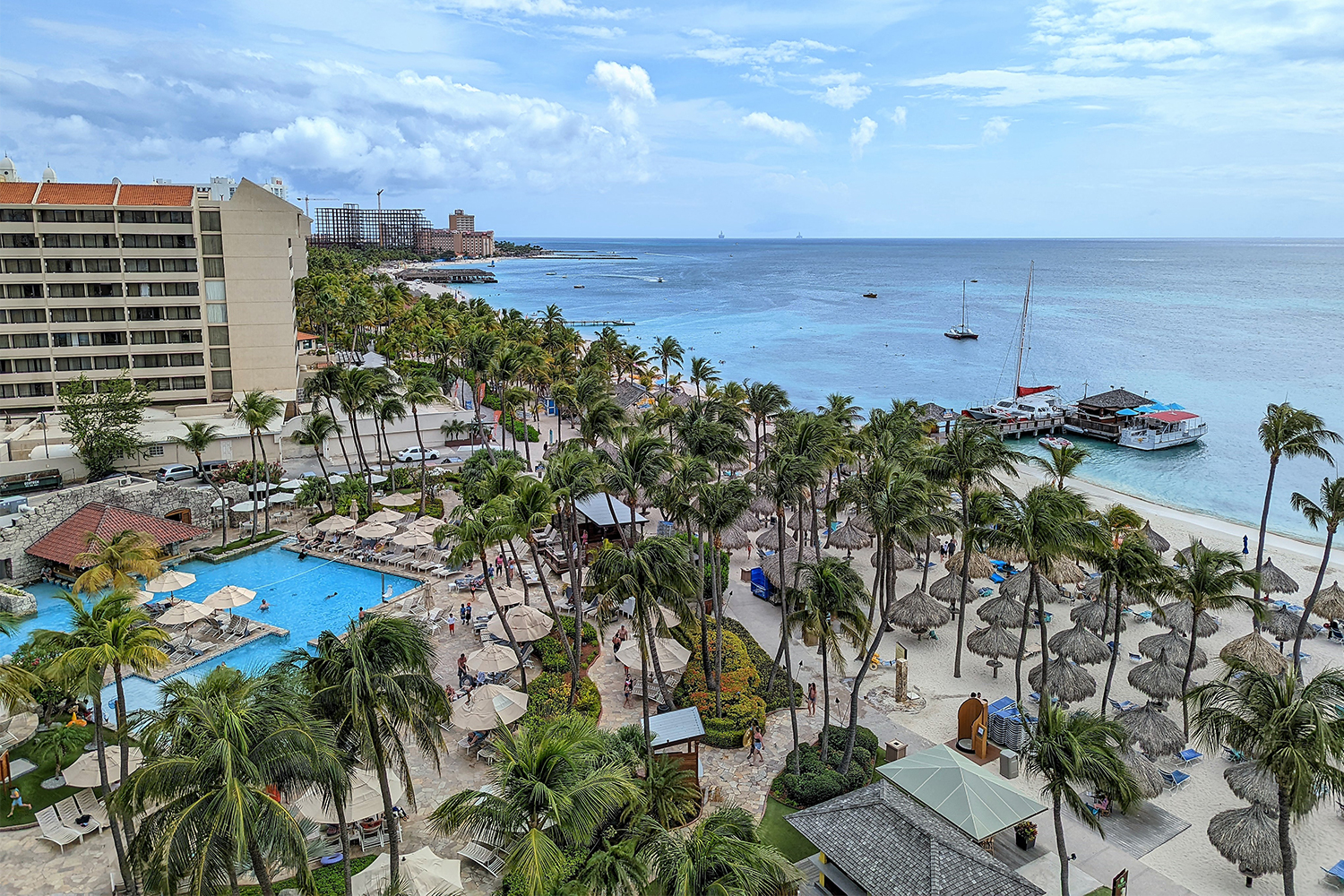
My first stop is at the Hyatt Regency Aruba Resort, a large beachfront oasis. With multiple wings, a handful of dining options and a resort pool with a swim-up bar and waterslide, it’s the type of large, do-it-all tropical resort for which the Caribbean is known.
Access to the soft powdery sand – where palapas can be reserved with ease – is just steps away, and Aruba’s gorgeous aquamarine water will serve as the perfect backdrop for the photo you show from your trip to the island, even if it’s posted on IG rather than being printed up on a 4×6. Beyond whiling away days at the beach and pool, a number of activities are on offer at the hotel, from morning yoga and wellness sessions, to afternoon mixology and cooking classes.
The property also boasts a separate enclave, Trankilo, an adults-only pool and lounge area, with private cabanas and waiter service, as well as an infinity pool. Trankilo debuted as part of a recent $21 million renovation which overhauled the entire property several years ago, and the addition feels like a fully distinct entity compared to the main family-friendly resort area.
The Hyatt Regency is located amid the action of Palm Beach, the island’s largest collection of hotels, restaurants and bars. And of the big-name, big-footprint resorts on the island, locals seem to feel the Hyatt does the best job of delivering a real Aruban vibe rather than offering a generic aesthetic or approach that could be dropped down atop any other beach in any other destination.
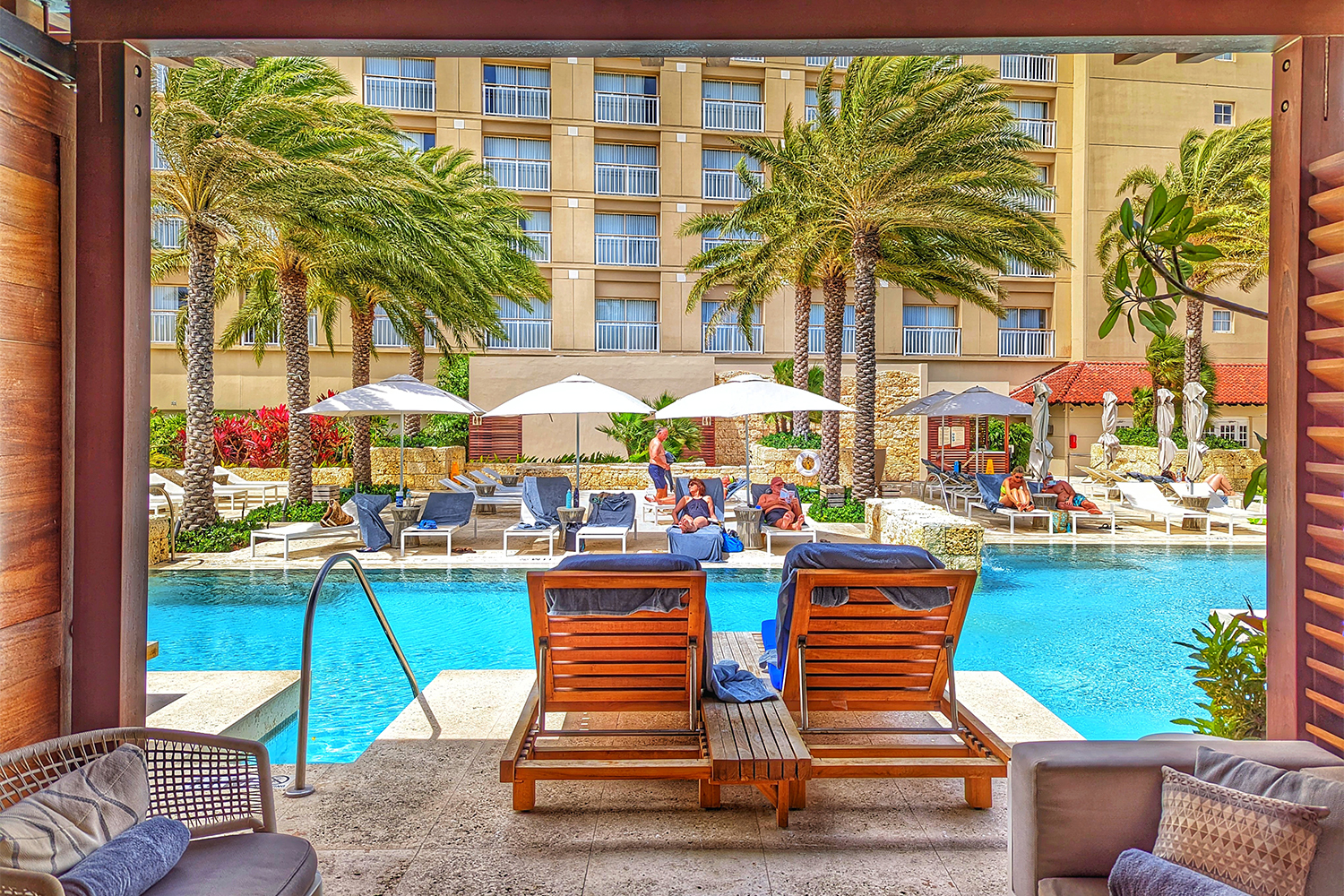
Aruba is best experienced by moving beyond the comfortable confines of your resort, though, and any trip to the island should include a visit to Arikok National Park, which comprises roughly 20% of its land. The craggy and rocky environs are home to a multitude of cacti and birds, and feature undeveloped stretches of coastline, rock bridges, caves and a tidal pool you can hike down into for a refreshing dip. De Palm Tours offers a range of half- and full-day excursions to the park and its surroundings, including several surrounding historical sites.
ATV rides, catamaran tours and snorkeling sessions are other popular excursions, or hit the water in a way you perhaps never have before with Aruba Outdoor Adventures. The operator offers a number of on-the-water tours with their popular pedal kayaks, making it easy and comfortable to maneuver Aruba’s notoriously windy coastlines. RJ, the company’s gregarious, joke-cracking owner and tour leader, grew up along the same waters on Aruba’s Spanish Lagoon which he still visits each day, now providing tourists with fun- and history-filled sessions.
If a large resort isn’t what you’re seeking, head to the Boardwalk Boutique Hotel, a family-run property led by two sisters. Along with their father, they originally purchased the property over a decade ago to prevent the then tiny haven of bungalows from being turned into condos. They’ve since tripled the number of rooms and overhauled the grounds. The former site of a coconut plantation is as lush and green as ever, with numerous garden seating nooks and hideaways, as well as two pools, while the rooms are adorned with bright pastel colors and decor that meld vibrant Aruban casitas with a Wes Anderson aesthetic.
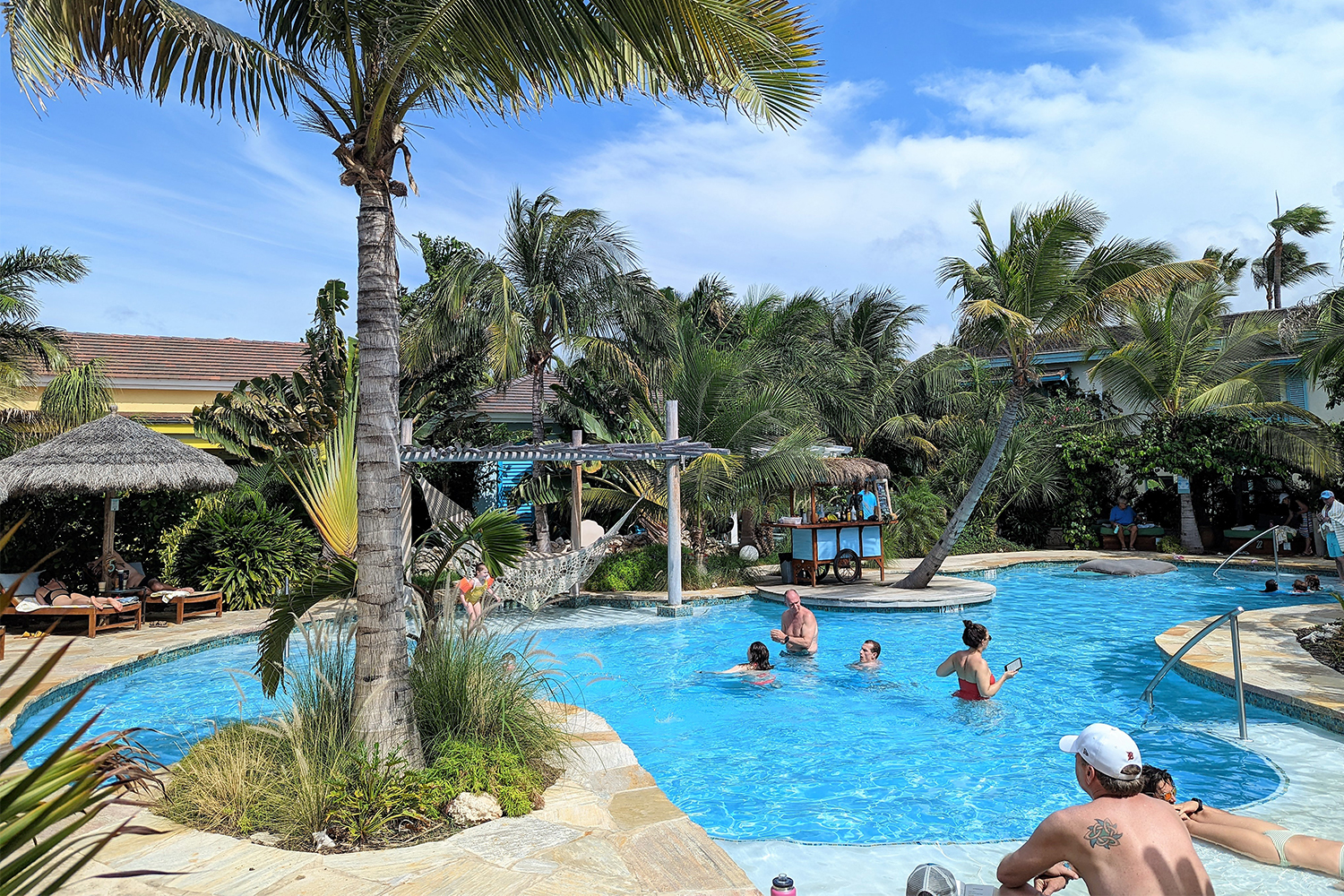
The property is located across the street from the Ritz-Carlton Aruba, and shares a cordoned off area of the beach reserved for its guests. The Ritz provides the food and beverage service to the Boardwalk’s beach chairs at a discounted rate, and after a few hours in the sun, you may want to head to its expansive spa for a treatment and some indulgence with the full sauna, steam room, hot tub and Champagne circuit.
Back at Boardwalk, rooms are equipped with kitchens, and balconies include charcoal grills which the hotel will not only fire up for you, but for which they even provide fully prepped fresh fish feasts that you can cook up via a partnership with local purveyor Green Fish. Also on-site is an outpost of Eduardo’s, a popular and growing micro-chain of eateries found across the island, serving up nutritious eats ranging from smoothies to fruit bowls and salads, with a largely, but not entirely, vegan and gluten-free menu.
It’s a far cry from some of the other best eats on the island, which while delicious, may perhaps need to be enjoyed with some moderation. There are staples such as fried funchi, or polenta, topped with melted cheese, and the keshi yena, a mound of shredded chicken or beef in a rich tomato-based sauce with prunes and cashews, all of which is ensconced in melted gouda. These delectable specialties are absolute must-tries — consider paying a visit to The West Deck for an excellent local meal with a view — but are best balanced out by an acai bowl the next morning.
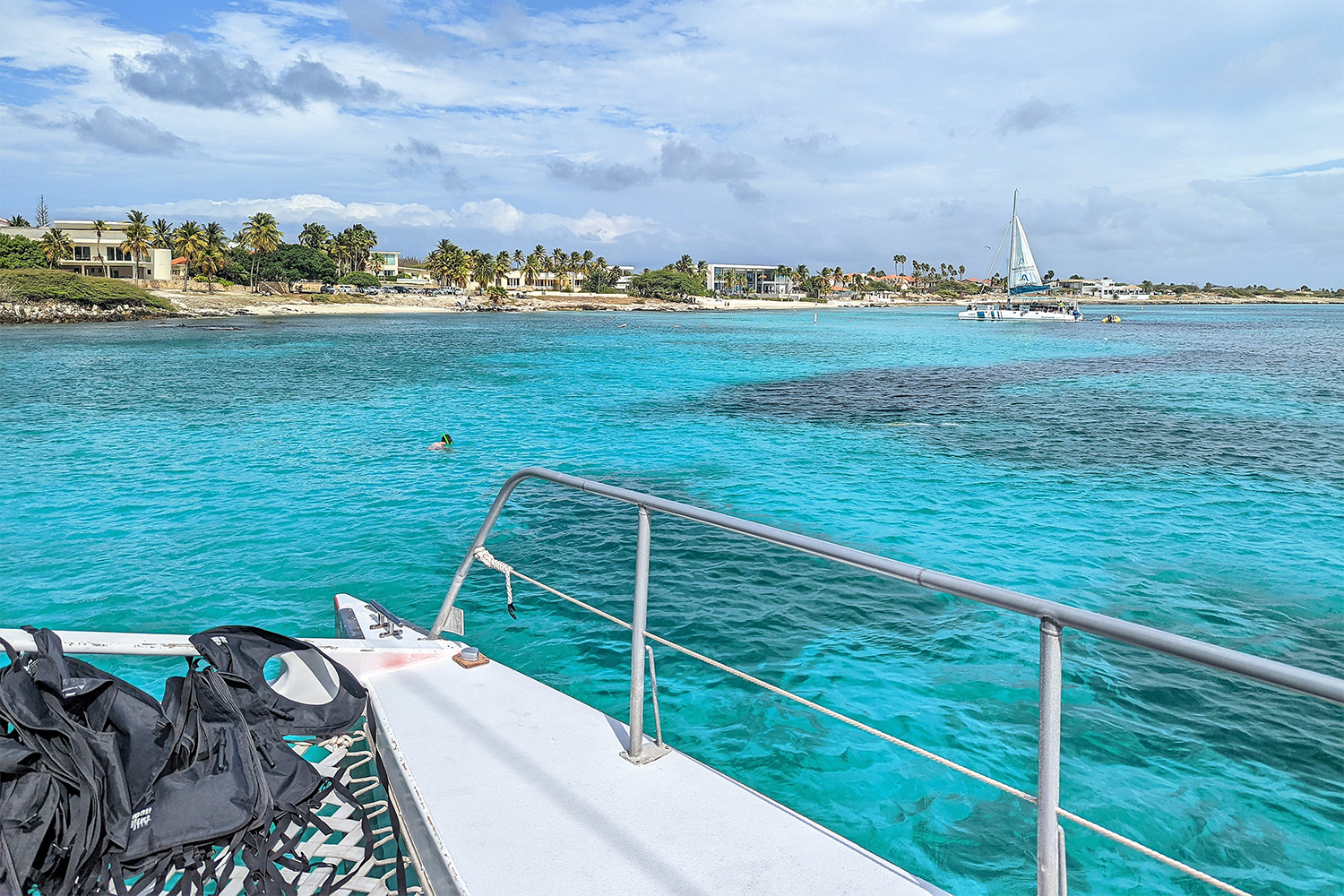
You can cover a lot of ground with a three- or four-night stay in Aruba, and many visitors tack on visits to the neighboring islands which complete the ABCs of Aruba, Bonaire and Curaçao. “Bonaire is a diver’s paradise and Curaçao has lots of culture, but Aruba has the best beaches hands down,” Paula says, not boasting, but as a matter of fact. Be prepared though that once you experience what the island has to offer for the first time, it’s quite likely you’ll become one of those repeat visitors stopping back in again and again.
“We don’t make anything here in Aruba,” RJ laments, discussing how difficult pandemic closures had been not only for his own business, but the whole of the tourism-dependent island. “But we do make memories, and people keep coming back for more of them.” Aruba may be far different than it was in those black-and-white photograph days, but that same intrinsic allure of one happy island remains.
This article was featured in the InsideHook newsletter. Sign up now.
